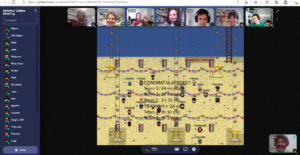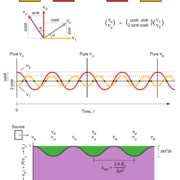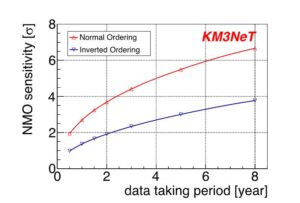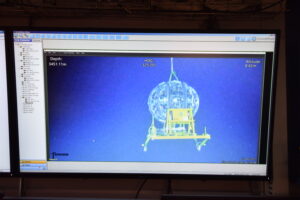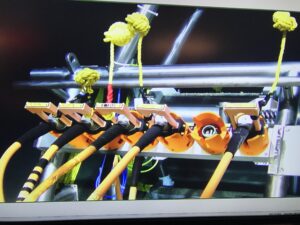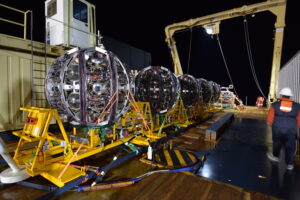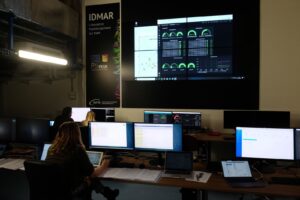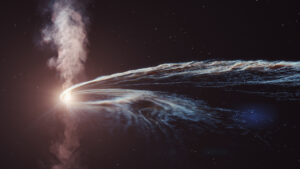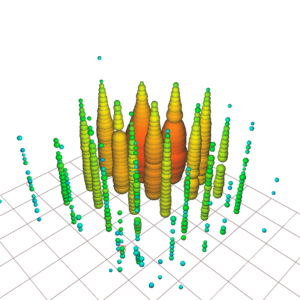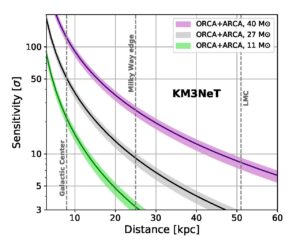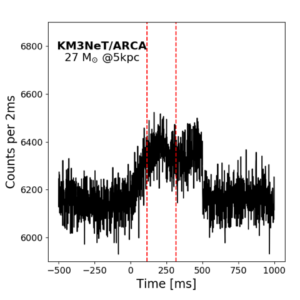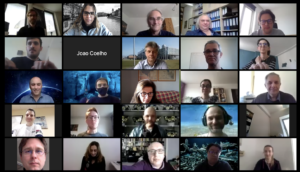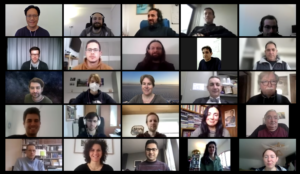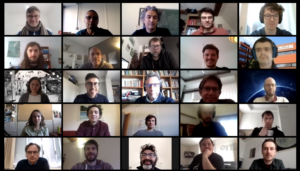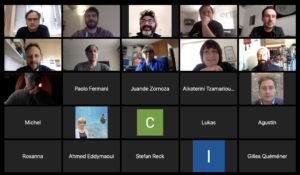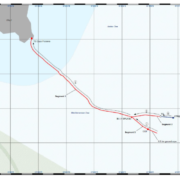Yet another virtual spring meeting
A few weeks ago, KM3NeT held its two-week long spring meeting, once again virtually, like almost all meetings nowadays.
With twelve detection units operating in the ARCA and ORCA detectors, it was a joy to discuss the progress of the data analysis groups and prepare for the reports at the summer conferences. With our smooth network of almost twenty production sites new detection units are being prepared at the maximum speed that the COVID-19 restrictions allow. New deployment campaigns are in preparation.
Although at a distance, we felt close to each other thanks to the virtual coffee breaks in the gather town set up by our colleagues of Laboratoire de Physique Corpusculaire de Caen (many thanks!). We concluded the meeting with an exciting quest to fix the unexpected problems found in a virtual shift room: this was a run against the clock to find out the password to get free from the locked room and reconvene for a final party at the bottom of the sea – real shifts won’t ever be so hilarious!
As usual, the meeting was also the occasion to welcome the many newcomers and to remind the accomplishments of those that are leaving the collaboration for a next step in their professional career. Thanks a lot for your work for KM3NeT. We wish you all the best and success in your new working environment!
We sincerely congratulate Diego Real whose PhD thesis was recently awarded an important prize of the Spanish Society of Astronomy!
We were pleased to welcome new teams from the University of Toulon and Institut de Ciències del Mar in Barcelona – both aim at new investigations in the deep-sea environment and have already collaborated with the ANTARES telescope and the NEMO pilot project in the Mediterranean.
Among the new activities announced at the meeting: an Open Science Committee has been established, while the representatives of our early-career-scientists put forward a plan for making the life of our youngest collaborators easier even in these difficult times.
It was a fruitful and pleasant meeting!
The call for an institute to organise the next Collaboration meeting in the fall has been opened – hopefully the next meeting will be in person?

